Table of Contents
Introduction to the Scoville Scale
The Scoville scale is a measurement system developed in 1912 by pharmacist Wilbur Scoville to quantify the pungency (spicy heat) of chili peppers and other spicy foods. It measures capsaicin concentration in Scoville Heat Units (SHU), helping cooks and spice enthusiasts select peppers based on desired heat levels.
Understanding the Scoville Scale
The Scoville scale measures capsaicin concentration—the compound responsible for pepper heat—using Scoville Heat Units (SHU). Originally determined through human taste tests, modern measurements use high-performance liquid chromatography (HPLC) for precision.
How the Scale Works
The scale quantifies how much sugar water is needed to dilute pepper extract until heat is no longer detectable. Today, HPLC provides more accurate results by directly measuring capsaicinoids in parts per million (PPM), which converts to SHU (1 PPM ≈ 15 SHU).
Common Pepper Heat Ranges
| Pepper Variety | Scoville Range (SHU) |
|---|---|
| Bell Pepper | 0–100 |
| Jalapeño (Green) | 2,500–8,000 |
| Jalapeño (Red) | 5,000–10,000 |
| Habanero | 100,000–350,000 |
| Ghost Pepper | 855,000–1,047,000 |
| Carolina Reaper | 1,400,000–2,200,000 |
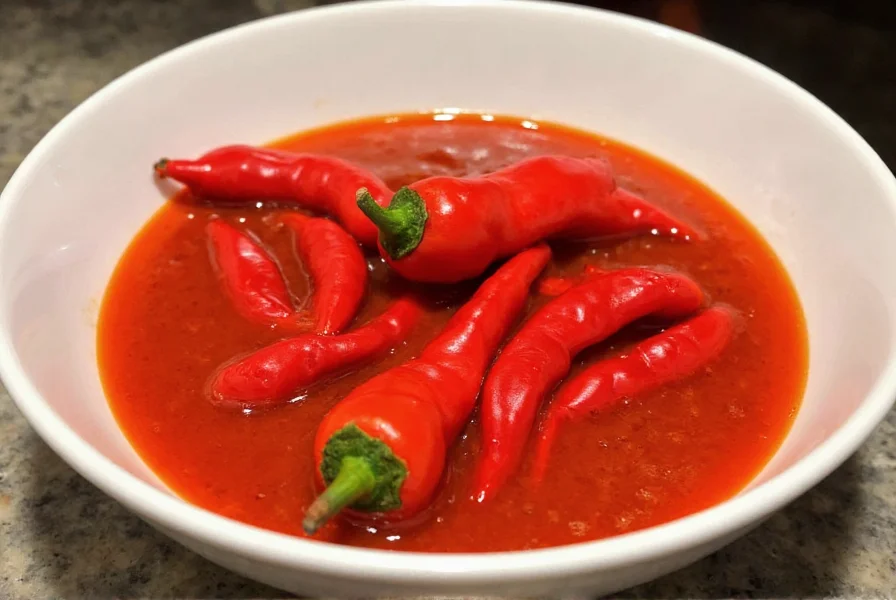
Spice Tips for Beginners and Pros
Whether you're new to spicy foods or a seasoned enthusiast, understanding pepper heat levels enhances your cooking experience. Here are essential tips:
- Start Small: Begin with mild peppers like bell peppers or green jalapeños. Gradually increase heat as your tolerance builds.
- Use Gloves: Always wear gloves when handling hot peppers to prevent capsaicin transfer to sensitive areas like eyes or face.
- Pair with Cooling Ingredients: Balance heat with dairy (milk, yogurt), citrus, or sweet elements like honey or mango.
- Store Properly: Keep dried peppers in airtight containers away from light and moisture to preserve potency.
- Know Your Limits: Avoid extreme peppers like Carolina Reaper unless prepared for intense heat. Even small amounts can cause discomfort.
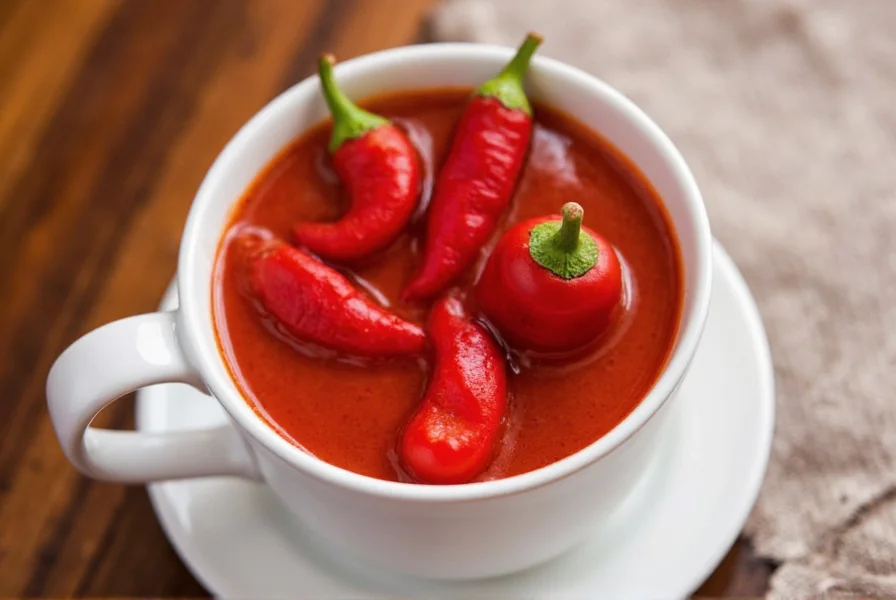
Buying Guide: Choosing the Right Pepper
Select peppers based on heat tolerance, culinary use, and flavor preferences. Consider these factors when shopping:
1. Bell Pepper
Heat Level: 0–100 SHU (no heat)
Flavor Profile: Sweet, crisp, and versatile
Best For: Salads, roasting, and adding color to dishes
Recommendation: Ideal for all skill levels and family-friendly meals
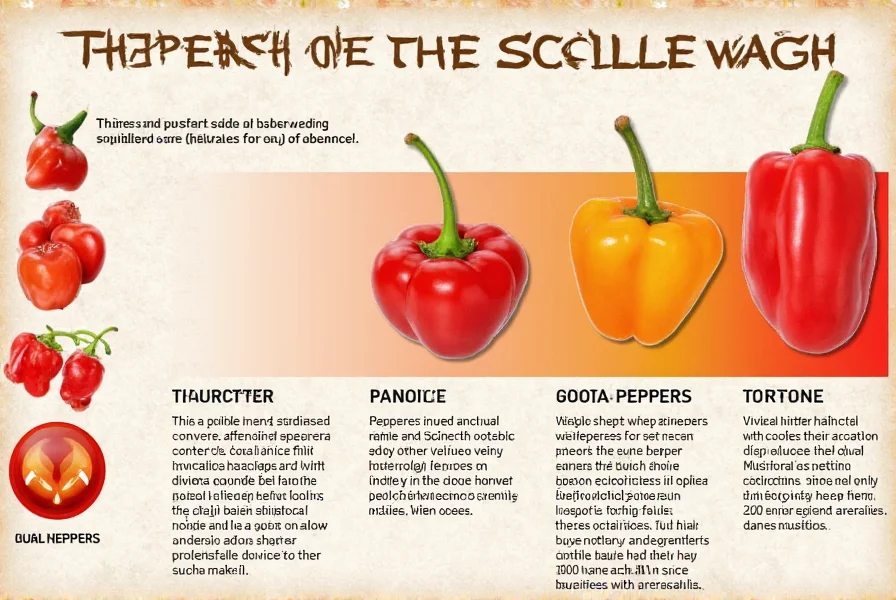
2. Jalapeño
Heat Level: Green: 2,500–8,000 SHU; Red: 5,000–10,000 SHU
Flavor Profile: Grassier when green; sweeter and hotter when red
Best For: Salsas, tacos, and everyday spicy dishes
Recommendation: Perfect for beginners seeking moderate heat
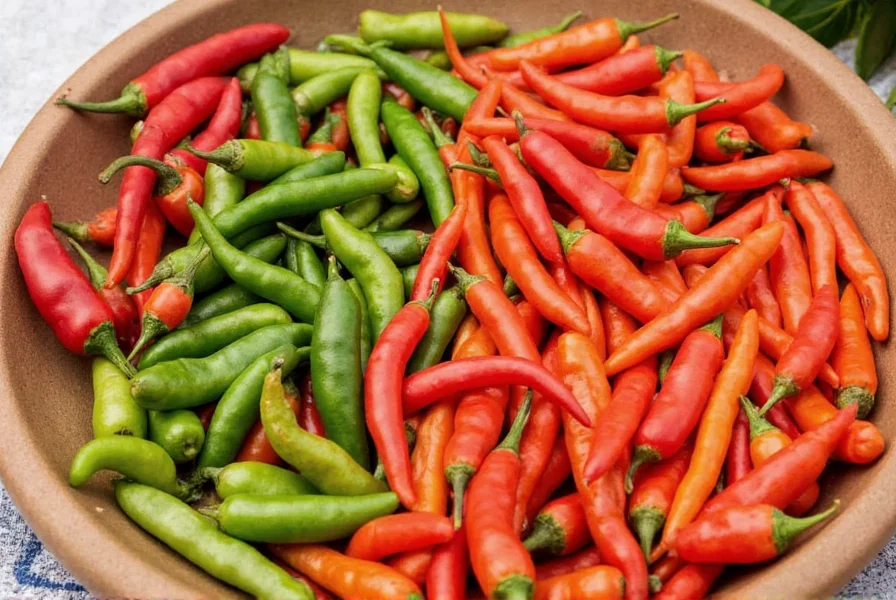
3. Habanero
Heat Level: 100,000–350,000 SHU
Flavor Profile: Citrusy, fruity, and smoky
Best For: Hot sauces, tropical dishes, and adventurous cooking
Recommendation: Best for experienced cooks who enjoy complex flavors
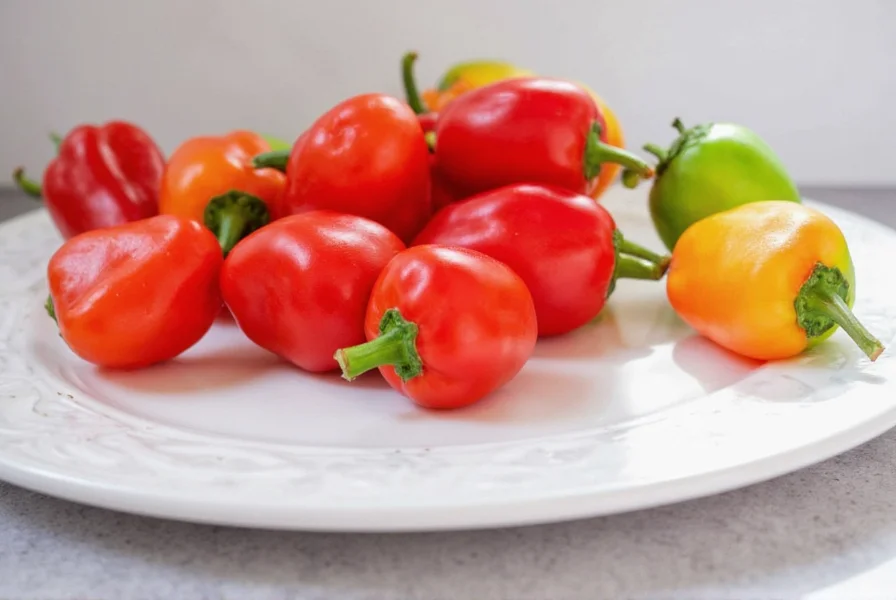
4. Ghost Pepper
Heat Level: 855,000–1,047,000 SHU
Flavor Profile: Earthy, smoky, and intensely hot
Best For: Extreme hot sauces and specialty recipes
Recommendation: For heat enthusiasts seeking serious challenges
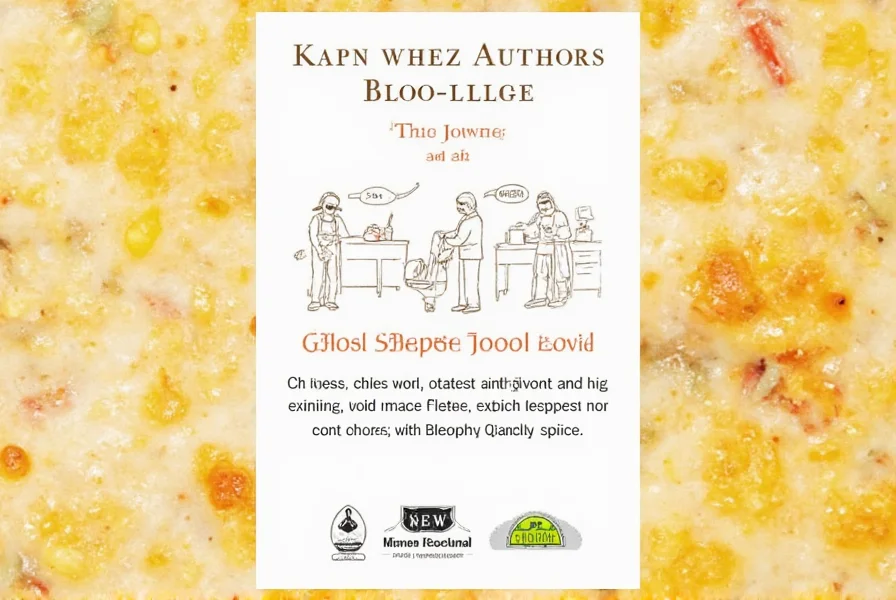
5. Carolina Reaper
Heat Level: 1,400,000–2,200,000 SHU
Flavor Profile: Sweet, smoky, and record-breaking heat
Best For: Competitive eating and novelty products
Recommendation: Only for professional spice lovers with high tolerance
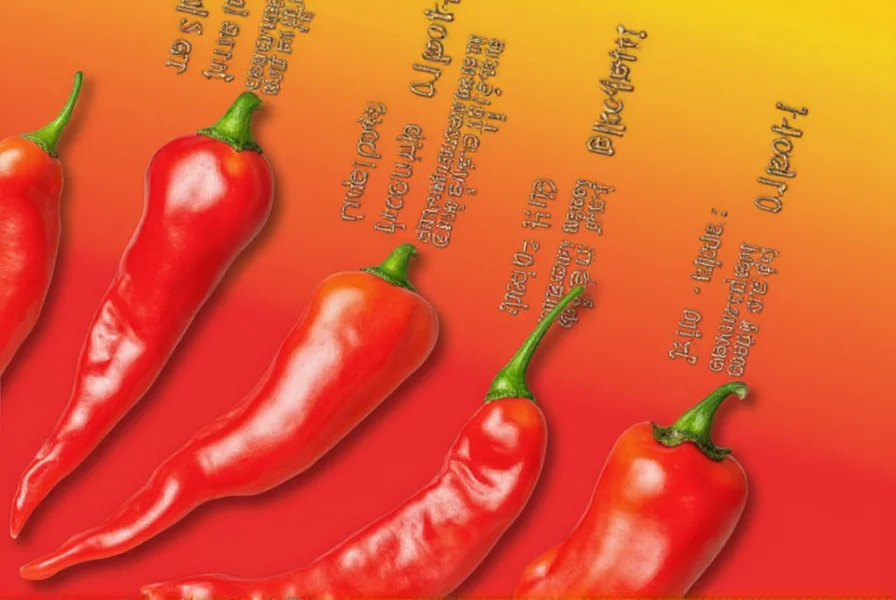
Flavor Profiles of Popular Peppers
Heat level isn't the only factor—flavor profiles significantly impact culinary use. Here's how different peppers taste:
1. Bell Pepper
Flavor: Sweet, crisp, and slightly vegetal
Best Pairings: Grilled meats, roasted vegetables, and fresh salads
2. Jalapeño
Flavor: Bright, grassy, and mildly fruity (red versions are sweeter)
Best Pairings: Salsa, guacamole, and Mexican-inspired dishes
3. Habanero
Flavor: Tropical citrus, floral, and smoky
Best Pairings: Mango salsa, seafood dishes, and Caribbean-inspired recipes
4. Ghost Pepper
Flavor: Deep earthy notes with smoky undertones
Best Pairings: Smoked meats, bold sauces, and experimental cooking
5. Carolina Reaper
Flavor:
Best Pairings: Spicy snacks, novelty hot sauces, and competitive challenges Here are answers to common questions about the Scoville scale: The Scoville scale was developed by pharmacist Wilbur Scoville in 1912. It measures capsaicin concentration in chili peppers using Scoville Heat Units (SHU). Modern methods use HPLC for precision, converting capsaicinoid levels to SHU values. Factors like growing conditions (soil, climate, water), ripeness, and pepper anatomy affect heat. Stressors like drought increase capsaicin production. The white pith near seeds contains the highest concentration of capsaicin. Yes, color indicates ripeness. Many peppers (like jalapeños) start green and turn red as they mature. Red peppers typically have higher SHU due to increased capsaicin and sugar development during ripening. Dairy products (milk, yogurt) work best because casein binds with capsaicin. Sugar or honey also helps neutralize heat. Avoid water—it spreads capsaicin since it's oil-based. Cooking doesn't alter actual SHU values, but it affects perceived heat. Roasting or smoking mellows sharp heat while enhancing flavor. Drying concentrates capsaicin, making powdered forms significantly hotter than fresh peppers. Scoville is the most recognized consumer measurement. Scientists use HPLC to measure capsaicinoids in PPM (1 PPM ≈ 15 SHU), but Scoville remains popular for its intuitive scale. Regular exposure desensitizes TRPV1 receptors in your mouth. Start with mild peppers and gradually increase heat. Consistent consumption (several times weekly) builds tolerance faster than occasional eating. Pair with dairy to manage discomfort during the process. Yes. Capsaicin may boost metabolism, reduce inflammation, and provide pain relief. Peppers are rich in vitamins A and C. However, excessive consumption can cause digestive issues, so moderation is recommended. The Scoville scale is a vital tool for understanding pepper heat levels and selecting the perfect spice for any dish. From mild bell peppers to the extreme Carolina Reaper, each variety offers unique flavor and heat characteristics. Whether you're cooking for family or experimenting with bold flavors, knowing how to interpret SHU values helps you create balanced, delicious meals. Start with milder options, gradually explore hotter peppers, and enjoy the rich culinary journey that spice brings to your kitchen!Frequently Asked Questions
What is the Scoville scale and who developed it?
Why do peppers of the same variety have different heat levels?
Does pepper color affect its Scoville rating?
How can I reduce burning from spicy peppers?
Does cooking change a pepper's Scoville rating?
What's the difference between Scoville units and other measurements?
How do I build tolerance to spicy foods?
Are there health benefits to eating hot peppers?
Conclusion
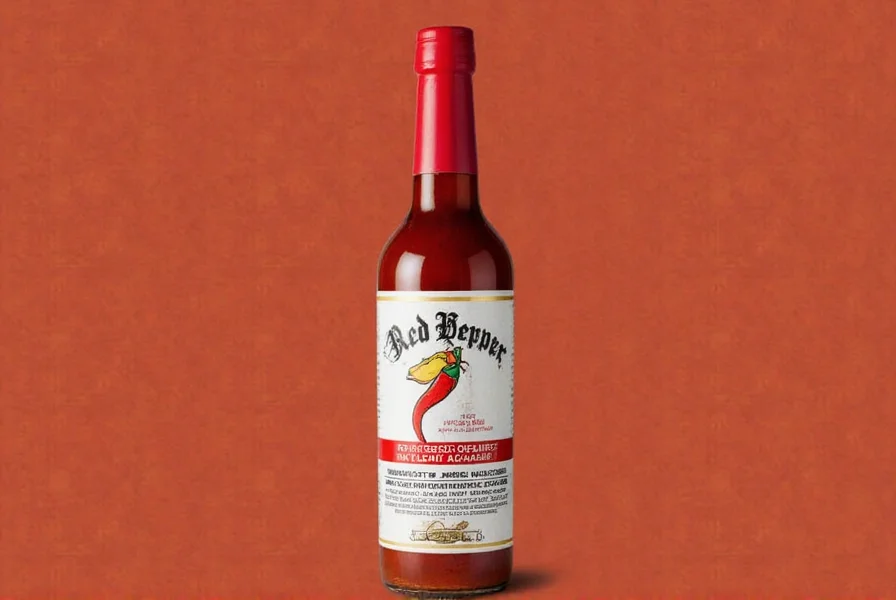










 浙公网安备
33010002000092号
浙公网安备
33010002000092号 浙B2-20120091-4
浙B2-20120091-4